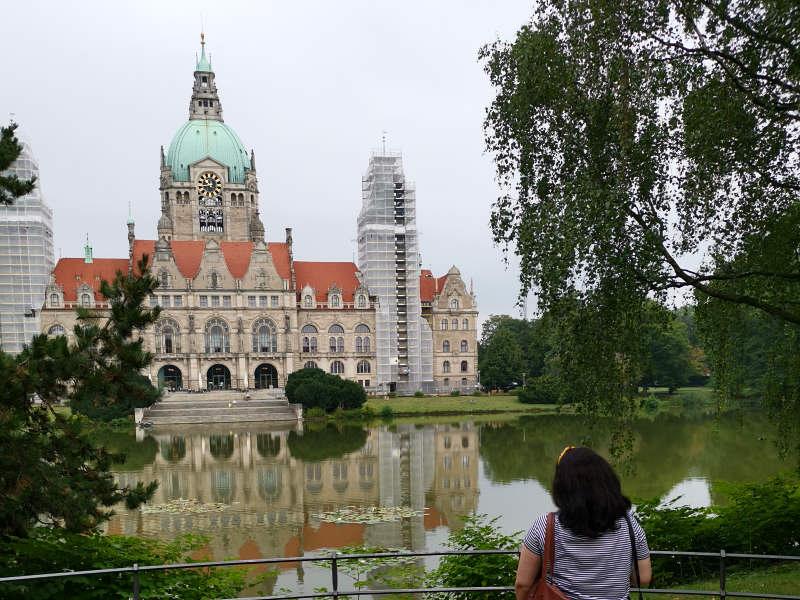
We included the city of Hanover (or Hannover in german) in our Northern Germany travel itinerary and it was well worth it.
Although the main sights are concentrated in Altstadt, the historic city of Hanover, we decided to stay two nights there, mainly to include the park with the Herrenhausen Gardens in one of the periods. It is well worth exploring and strolling through all its gardens and sculptures calmly, especially if you go on a sunny day.
Another tourist facility in the city is the so-called “Red Line”, or in German “Roter Faden“. A red strip painted in the center of the city that passes through 36 tourist spots on a 4.2 km circuit.
Be sure to read the Complete travel guide for Romantic Road in Germany and What to do in Bremen in Germany.
How to go to Hanover in Germany
Hanover is the capital and largest city in the German state of Lower Saxony and is in northern Germany. It is 151 km from Hamburg, 286 km from Berlin, 292 km from Cologne and 354 km from Frankfurt. Citing only the largest and best known cities.
A curiosity is CeBIT, the largest commercial exhibition in the world in the field of digital telecommunications and IT services, in Hanover. It takes place at Deutsche Messe AG Hannover.
To reach the city Hanover you can go by car, the German roads known as Autobahn are quite easy to drive. But it is also possible to go by train, a very interesting way to get to know Germany.
You can take a “round-trip” tour of Hanover from Hamburg, however we chose to visit the city in 2 days and stay at least one night in Hannover.
Where to stay in Hanover in Germany – Hotel and hostel tips
The best place to stay in Hanover is close to the city center, its historic center. Whether near the Hauptbanhof or anywhere on the “Red Line”, to be able to do the whole tour on foot.
We stayed at the Aspria Hannover hotel, a hotel a little further from the historic tourist center because we wanted to stay in a small beach, enjoy the summer more. It is 4 km from the tourist information office near the Hauptbanhof, Hanover’s central train station. Since the public transport system is easy to use, this is not exactly an issue.
Regarding the hotel, it was a great choice. Its facilities are very nice, the pool and sauna are very good and the beach is really nice to enjoy. The only problem is that it is a lake beach, so the soil is very muddy and with roots and leaves. Ah! It is worth mentioning that the hotel’s sauna is FKK, Freikörperkultur, with nudism allowed.
Be sure to look for other options on the Booking.com website.
Main sights of Hanover in Germany
As mentioned at the beginning, Hanover’s main sights were highlighted around a painted Red Line in the city’s historic center.
The official Hanover website has a map detailing this path:
The beginning of the path was defined as the Tourist Office near Hauptbanhof, but you can start the tour at any point. Our tour was from Aegidienkirche, the ruins of the church that was bombed during World War II in 1943 and which today is a memorial.
And in addition to this tourist circuit in the center of Hanover, another point that must be included in your travel itinerary are the Herrenhausen Gardens, a park that is a little further from the Red Line, but not much.
The gardens are just 4 km from the Hauptbanhof and it is possible to reach either on foot (50 minutes), by car (17 minutes) or the city’s urban train service (just 18 minutes). On the official website you can see the updated price of fares, stations and plan itineraries.
To eat and drink in Hannover, you will find several options with different types of cuisine. We have separated three places, the Lindenblatt Grill-Garten, for those who want to eat meat and grills; Bavarium for traditional German food and bona’me, oriental Turkish food.
What to do in Hanover in Germany – 2-day travel tip
As I mentioned, we stayed in a hotel where its main attraction is a small lake beach, as well as swimming pools and a sauna. So we set aside time for the first afternoon to enjoy and burn a little in the German summer sun.
And only the next morning, we left to follow all the sights along the way of the Red Line. Among them, I can highlight their main ones.
1st day in Hanover – Red Line tour
We started our tour at the Aegidienkirche, the ruins of the church that was bombed during World War II. Something that caught our attention was its connection with the nuclear bombs that the United States dropped on Japan (important to say, the only use of a nuclear bomb in history, resulting in the deaths of thousands of civilian and innocent people).
Then we walked, following the Red Line, to Neues Rathaus, the new Hanover city hall building. The building, the square and the fountain in front are beautiful. Inside the city hall, in addition to the beauty of the architecture itself, there are still 4 models showing important moments in the city’s history.
We followed the banks of the River Leine to the famous Nanas, we had the opportunity to take several pictures of the city hall and the old city wall.
The Nanas are sculptures made in 1974 by artist Niki de Saint Phalle that use images from the Pop Art school to portray voluminous, colorful and sensual female bodies. Another curiosity: “Nana” is an ambiguous French term for a modern, self-confident, erotic and perverse woman.
In addition to their historical importance (they were pioneers in the discussion of art in a public space and representing everyday culture), the “Nanas” are really beautiful and Olivia really enjoyed meeting her.
We left the river bank, crossed the Marstalltor, gate of the old wall and went towards Marktkirche, passing through several points of the Red Line that were worth the stop, such as the Ballhofplatz and the view from the Kreuzstraße to the Kreuzkirche.
The Marktkirche St. Georgii et Jacobi is the main Lutheran church in Hanover, built in the 14th century and represents the architecture of Gothic brick construction in northern Germany. Also destroyed in World War II and later rebuilt, it has the largest bell in the state of Lower Saxony.
From there, walking towards the end, we met the Altes Rathaus, the old city hall, the Markthalle, a municipal market with fairs and places to eat, and we went to the Altstadt, the old city center. With half-timbered houses, today it is an important shopping center in Hannover.
We still pass in front of the Kröpcke clock, a replica built in 1977 of the 1885 clock, dismantled after the Second World War.
And we finish our tour in front of the Hauptbahnhof of Hanover, where is the Ernst-August-Denkmal, statue from 1861 in homage to the sovereign of the former Kingdom of Hanover, King Ernst August.
2nd day in Hanover – Herrenhausen castle and gardens
For the second day of travel in Hanover, we plan to visit the Herrenhäuser Gärten, the Herrenhausen Gardens, which are approximately 4 km from the historic city center. Possible to be visited both by car, the parking is ample and easy to access, or by public transport, there is a train stop in front of its entrance.
We visit the castle only from the outside, as we focus our visit on the Großer Garten, the Great Garden, a large park divided into several open areas and also closed by shrub walls. The first thing that draws a lot of attention is the Greco-Roman statues scattered on the corners of the gardens and centered in the closed areas. You will spend a lot of time on your visit going from garden to garden, knowing their differences, characteristics and their own beauties. Including flowers, plants and statues.
The first highlight is the Grotto, the Grotto of French artist Nik de Saint Phale. It was part of a larger water show in one of the oldest buildings in the park, decorated with shells, bronze pieces and crystals, which were removed more than 250 years ago. Based on this, the artist modernized the cave in her own style, her great work before her death in 2002. The three rooms that can be visited represent human life, divided into “Spirituality”, “Day and Life” and “Night and Cosmos “.
Another highlight of the park is its Great Fountain built at the end of the 17th century. It is located in the center, between the different gardens, with a jet of water that can reach 70 meters in height and that can be seen from a long distance. Be sure to walk around it, reading the signs hanging on the gates around you that explain its history, how it worked and how it works now to reach such a height.
Another tip is to check the opening hours, when we went, the fountain was taking a 2 hour break, just during our visit. We had to wait a long time to see it work.
For its extension and beauty, the place is widely used by newly married couples for their wedding photos. It is not difficult to cross with grooms and brides in character with photographers chasing them and guiding them to the best photos.
Finally, the Herrenhausen Gardens are close to the SEA LIFE Center Hannover, the Hockey Club Hannover and also to other parks, such as the Berggarten and Georgengarten. You can plan all of these visits for your second day of travel in the city.
Hanover is a city with a lot of history to discover and an important tourist destination for your trip through northern Germany.
City tours and excursions tips Hanover Germany
Find the the best region and the best hotel to stay in Cologne in Germany.
Hotel and hostels accommodation deals in Germany
Tours and tourist attractions deals in Germany

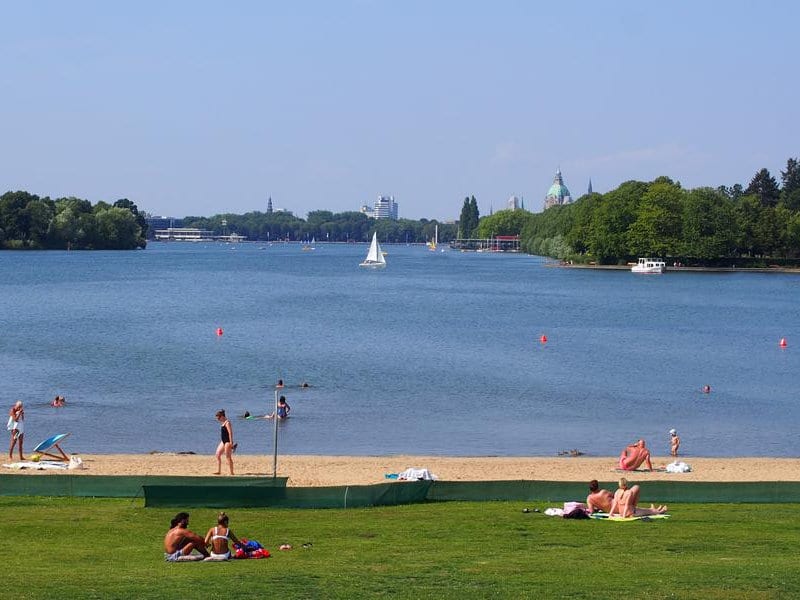
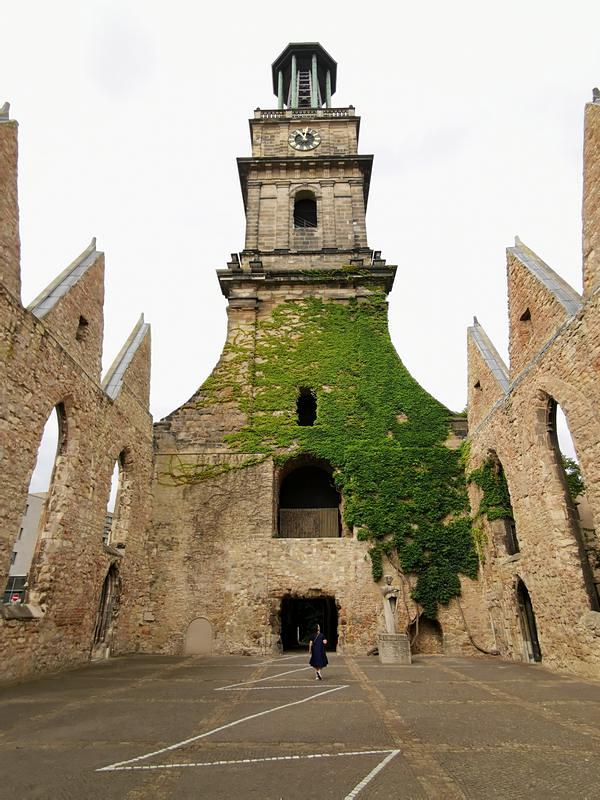
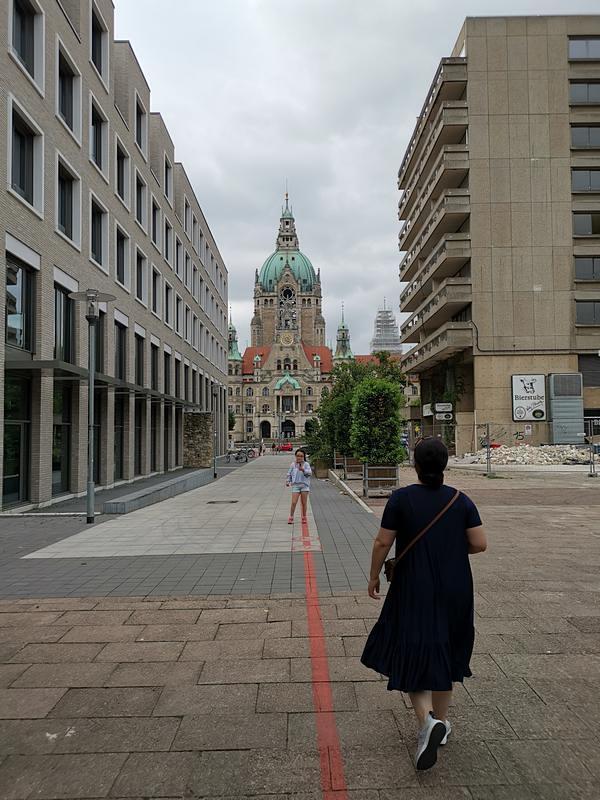
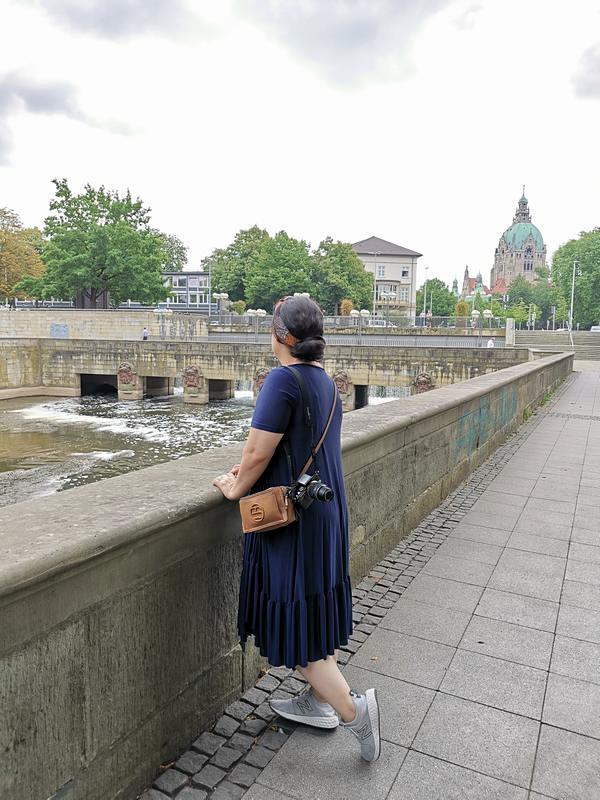
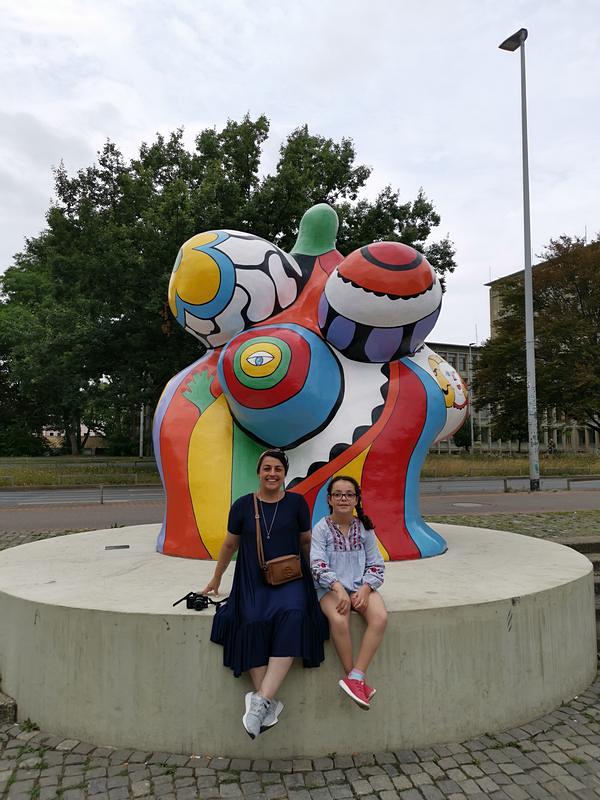
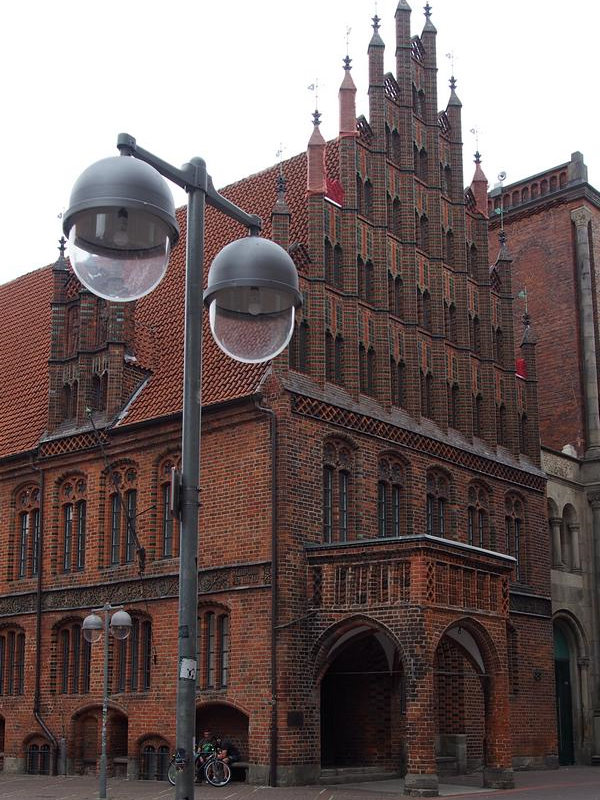
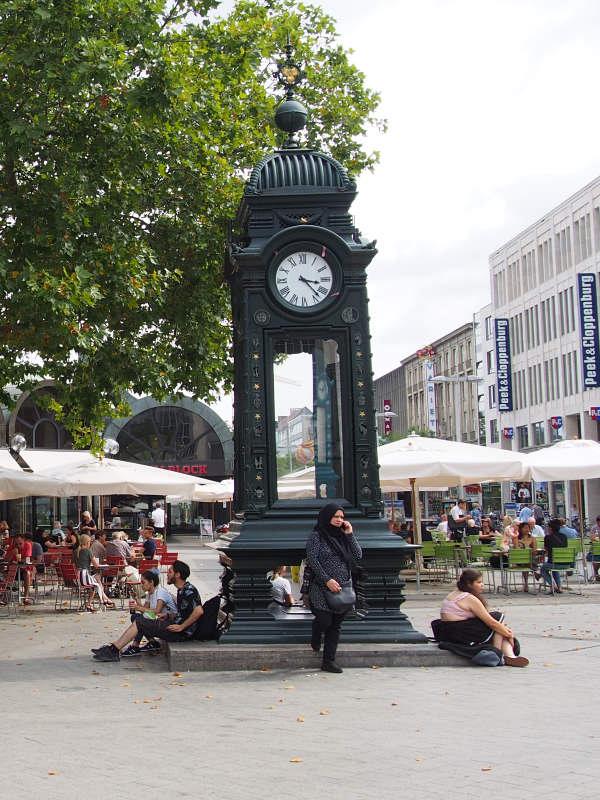
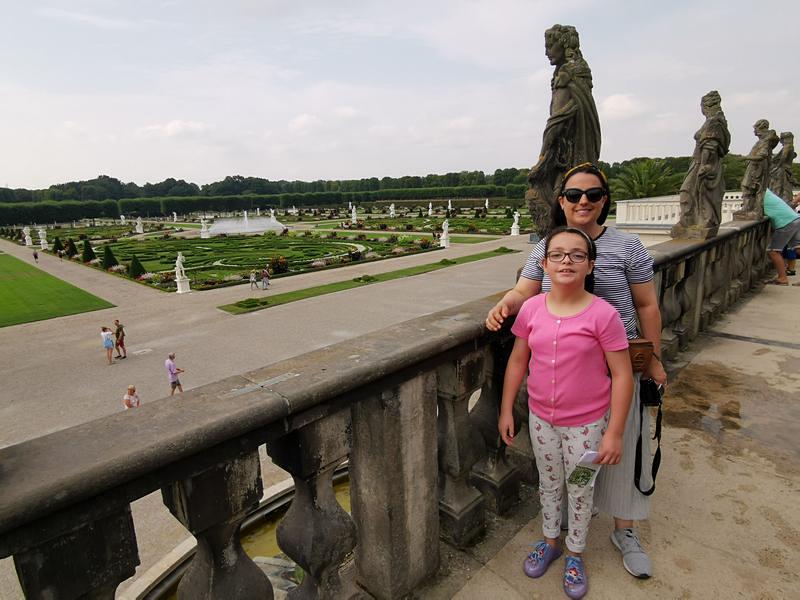
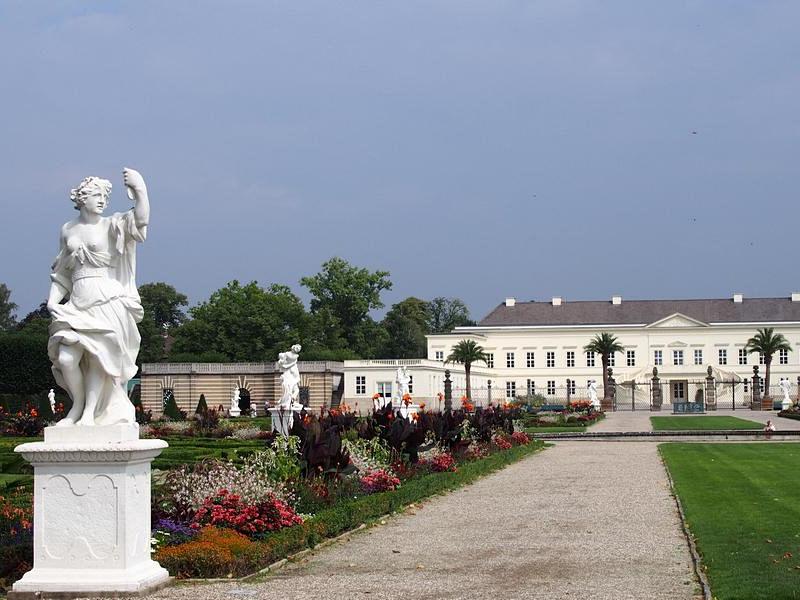
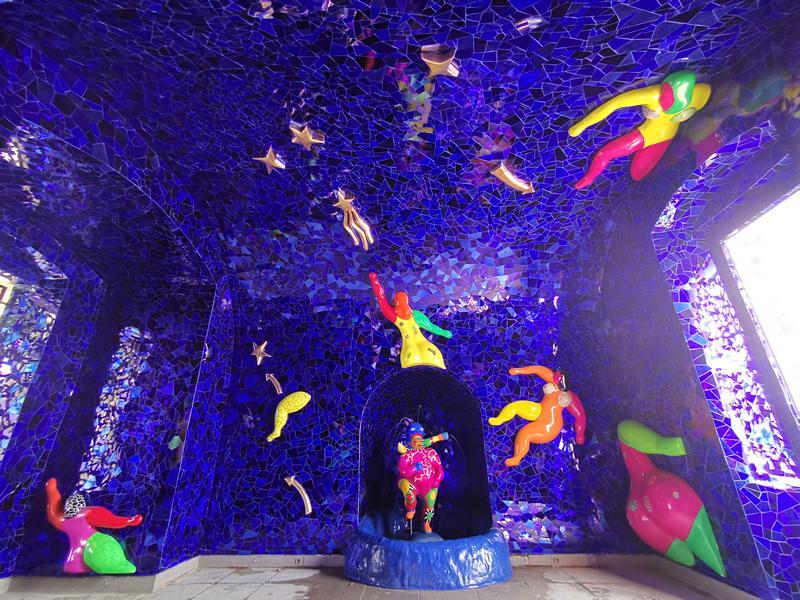
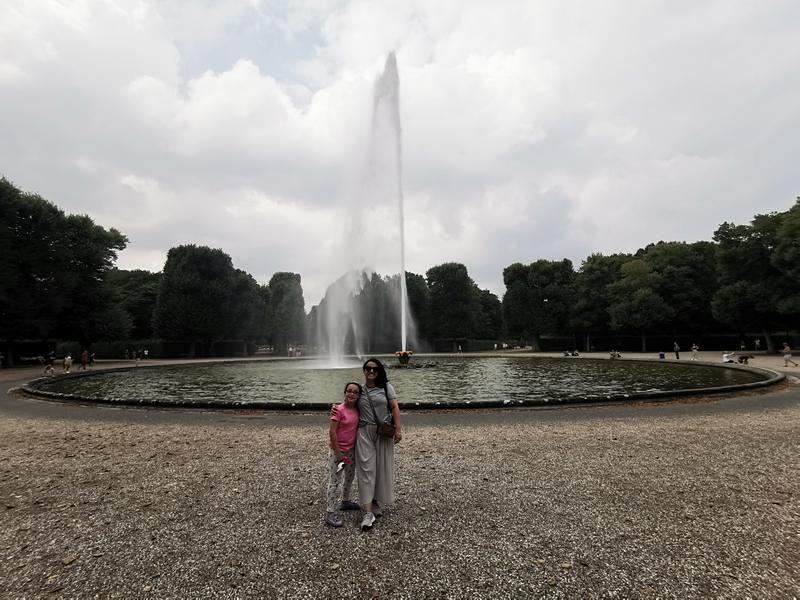
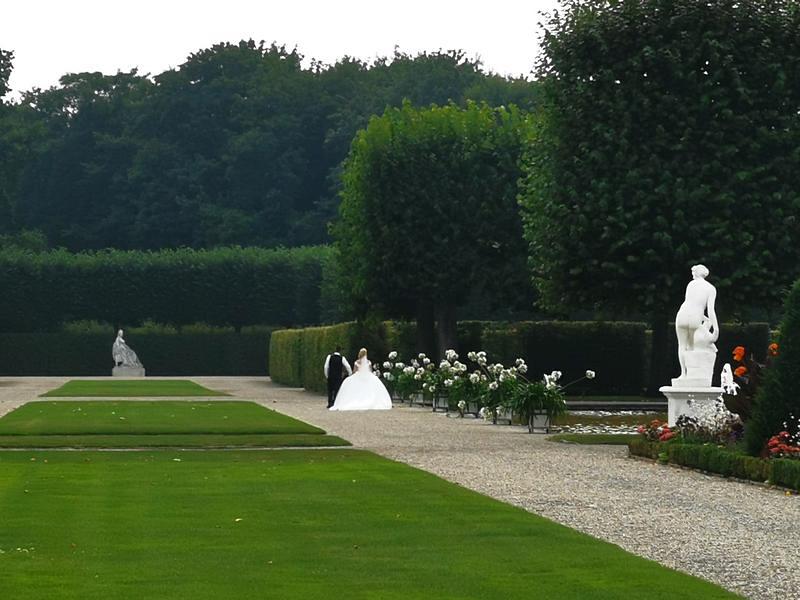
Leave a Reply